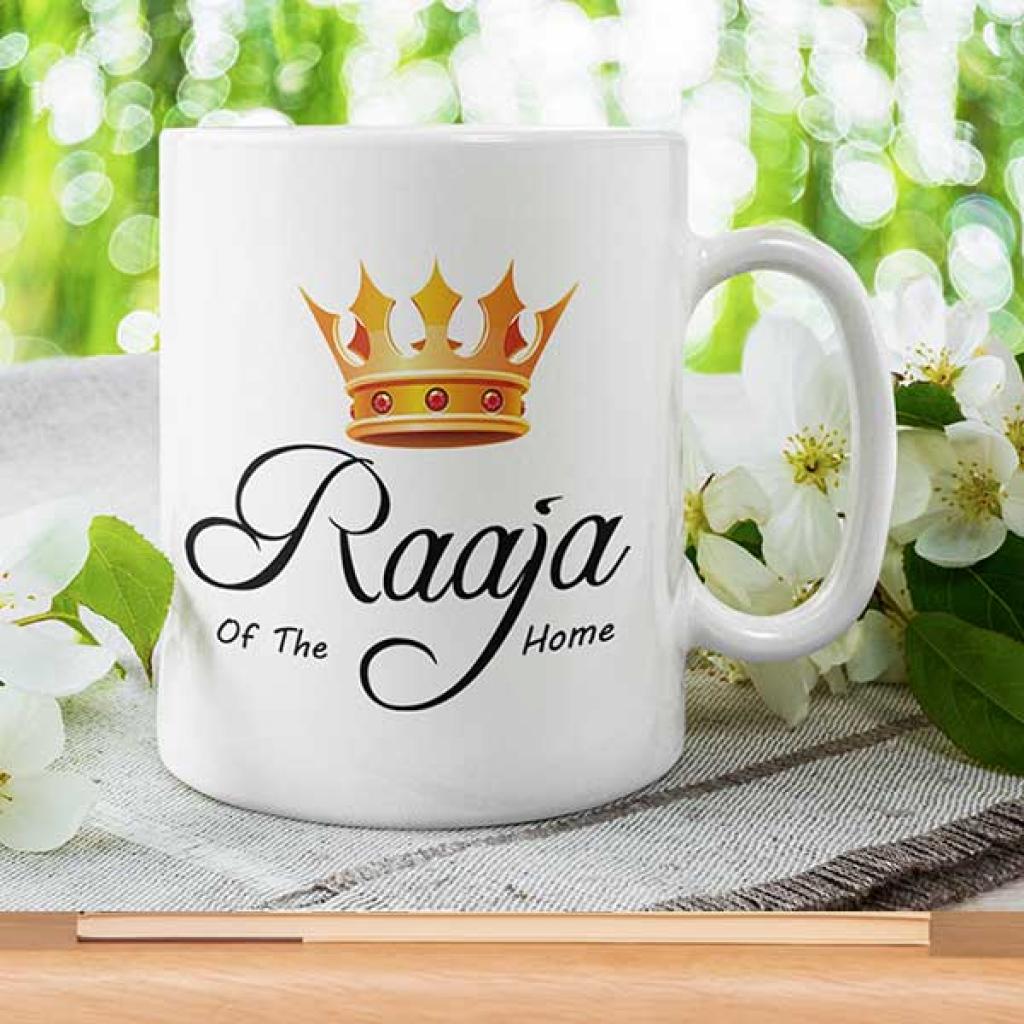Eliminate Personalised Baby Gifts As soon as and For All
페이지 정보

본문
Another key factor to consider when choosing houseplants is the amount of care and maintenance they require. If you have a busy schedule or are new to plant care, opt for low-maintenance plants that require minimal watering and attention, such as pothos, succulents and cacti. On the other hand, if you enjoy tending to your plants and have the time to dedicate to their care, you may prefer more high-maintenance plants that require regular watering, pruning and fertilising, such as orchids, fiddle-leaf figs and peace lilies.
When it comes to choosing houseplants for your home in the UK, there are a few things to consider. The first is the amount of light that your space receives. Different plants have different light requirements, so it's important to match the plants to the natural light available in your home. For example, plants like succulents and cacti thrive in bright, indirect light, while ferns and peace lilies prefer shadier spots.
5. Repotting: As your houseplants grow, they may outgrow their pots and need to be repotted. Look for signs like roots coming out of the drainage holes or the plant becoming root-bound. When repotting, choose a slightly larger pot with good drainage and fresh potting soil.
Not only do houseplants improve air quality, but they also have a positive impact on our mental health and well-being. Studies have shown that being in the presence of plants can reduce stress and anxiety, improve mood and increase productivity. The simple act of caring for a plant can also provide a sense of purpose and fulfilment, as well as a connection to nature in our often busy and technology-driven world. By creating an indoor green oasis with houseplants, you can create a calm and soothing environment that promotes relaxation and mental clarity.
In addition to their air-purifying and mood-boosting benefits, houseplants can also enhance the aesthetic appeal of our homes. With a wide variety of shapes, sizes and colours to choose from, houseplants can be used to add a touch of greenery to any room, whether it be a small succulent on a windowsill or a large fiddle-leaf fig in a corner. Plants can also be used to create focal points and add interest to a space, transforming blank walls and empty corners into vibrant and inviting areas that reflect our individual style and personality.
The 18th century saw a shift towards a more naturalistic style of garden design in Britain. The Romantic movement, with its emphasis on the beauty of nature and the picturesque landscape, had a profound impact on garden design during this period. Instead of the formal layouts and geometric patterns of previous eras, garden designers began to create more informal, flowing landscapes that were meant to evoke a sense of tranquility and harmony with nature.
The Victorian era ushered in a new era of garden design, with the rise of the gardenesque style and the influence of exotic plants and materials from around the world. Victorian gardens were characterized by their eclectic mix of styles, materials, and plants, with ornate structures, intricate borders, and colourful displays. The formal bedding schemes and intricate parterres of the Victorian era reflected the opulence and grandeur of the period, with an emphasis on display and showmanship.
As the Tudor period gave way to the Stuart era, garden design in Britain began to evolve. The influence of French and Dutch garden design became more prominent, personalised Baby gifts with a focus on grandeur and opulence. The formal gardens of this period were characterized by their grand avenues, ornamental fountains, and intricate parterres, which were designed to impress visitors and reflect the wealth and status of their owners.
The Renaissance period saw a revival of classical garden design principles, inspired by the writings of Roman authors such as Vitruvius and Pliny. Italian Renaissance gardens, such as those at Villa d'Este and Villa Lante, featured formal layouts, axial symmetry, terraced levels, and elaborate water features. These gardens were designed to impress and delight visitors, showcasing the wealth and culture of their owners.
In conclusion, the history of garden design in Britain is a testament to the enduring power of nature and the human desire to create beauty and order in the world around us. From the formal gardens of the Tudor era to the wild landscapes of the Romantic period, the evolution of garden design in the UK has been shaped by a diverse range of influences and continues to inspire and delight us to this day.
Tropical houseplants originate from tropical regions around the world, such as Southeast Asia, South America, and Africa. These plants thrive in warm, humid environments with plenty of light, making them well-suited for indoor spaces. Tropical houseplants come in a wide variety of shapes, sizes, and colours, from large, leafy palms to tiny, delicate orchids.
Lastly, consider the size of your space and the amount of care you are willing to put into your plants. Some houseplants require more maintenance than others, so it's important to choose plants that fit your lifestyle and space constraints. If you have a busy schedule or tend to forget to water your plants, opt for low-maintenance varieties like succulents or snake plants.
- 이전글Kjøp levitra nå, levitra Leverer samme dag Bestill levitra på nettet torsk 24.08.16
- 다음글valtrex 500 mg, 1000 mg acheter valtrex en ligne et fedex 24.08.16
댓글목록
등록된 댓글이 없습니다.